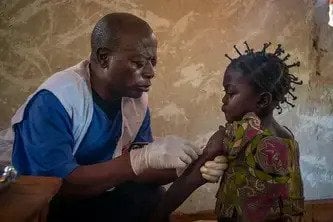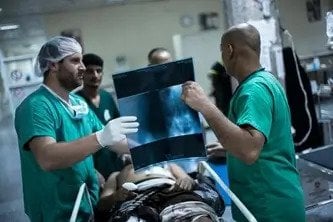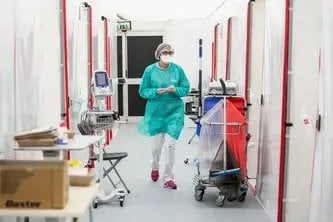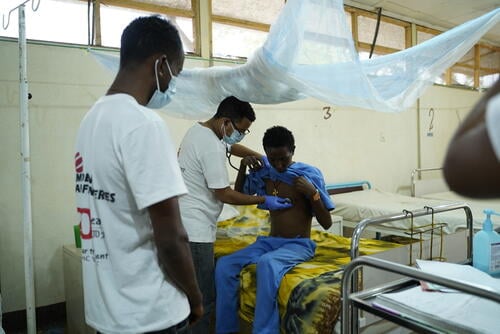A neglected tropical disease, kala azar is caused by a parasite, spread to humans through the bite of infected female sand flies. It attacks the immune system and is almost always fatal if not treated.
Also known as visceral leishmaniasis, kala azar is the most serious form of leishmaniasis and is endemic in 76 countries, with hundreds of millions at risk of infection. There are between 50,000 and 90,000 new cases a year, about 90 per cent of which occur in Brazil, Ethiopia, India, Kenya, Somalia, South Sudan and Sudan. Between 1989 and 2020, MSF teams treated nearly 150,000 people for kala azar; over a third in South Sudan.
Diagnosis and treatment of the disease, especially of the variety found in eastern Africa, can be complex and painful.
Featured
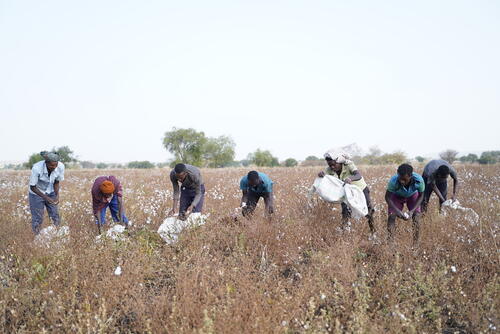
Two decades of combatting the world’s most neglected diseases
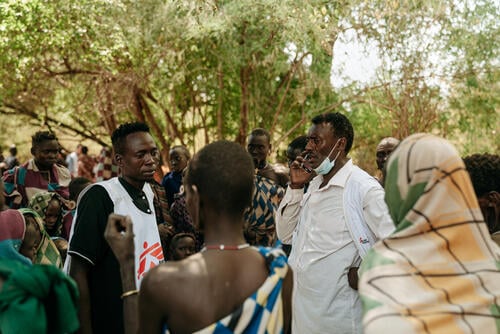
People in Omo Valley at high risk to kala azar
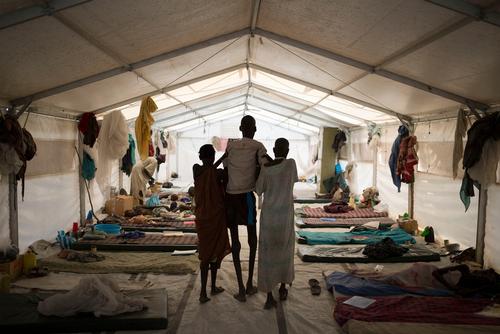
No more neglected diseases, no more neglected patients
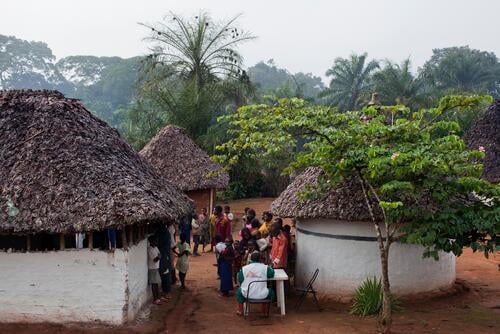
Overcoming neglect: Finding ways to manage and control NTDs
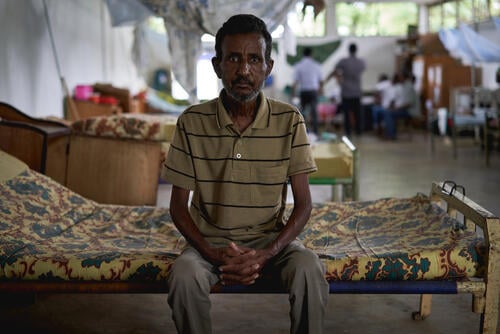
Diagnosing, treating and researching HIV-kala azar co-infection in Ethiopia
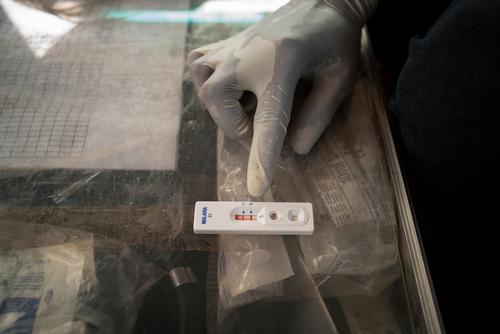
Five epidemics to watch

Tackling a deadly outbreak of tropical disease
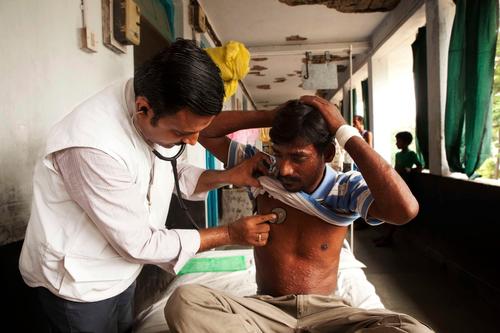
Increased access to diagnosis and treatment of HIV-VL co-infection is imperative for eliminating kala azar
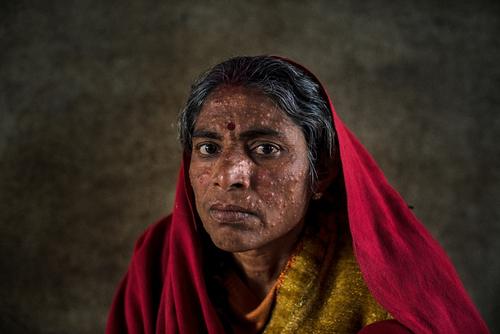
MSF supports the introduction and roll-out of single-dose treatment for kala azar in Bihar State
Visceral Leishmaniasis and HIV Co-infection in Bihar, India: Long-term Effectiveness and Treatment Outcomes with Liposomal Amphotericin B (AmBisome)
Visceral Leishmaniasis as an AIDS Defining Condition: Towards Consistency across WHO Guidelines
Hypokalaemia-Induced Rhabdomyolysis after Treatment of Post-Kala-azar Dermal Leishmaniasis (PKDL) with High-Dose AmBisome in Bangladesh - A Case Report

MSF Field Research
We produce important research based on our field experience. So far, we have published articles in over 100 peer-reviewed journals. These articles have often changed clinical practice and have been used for humanitarian advocacy. All of these articles can be found on our dedicated Field Research website.
Visit site